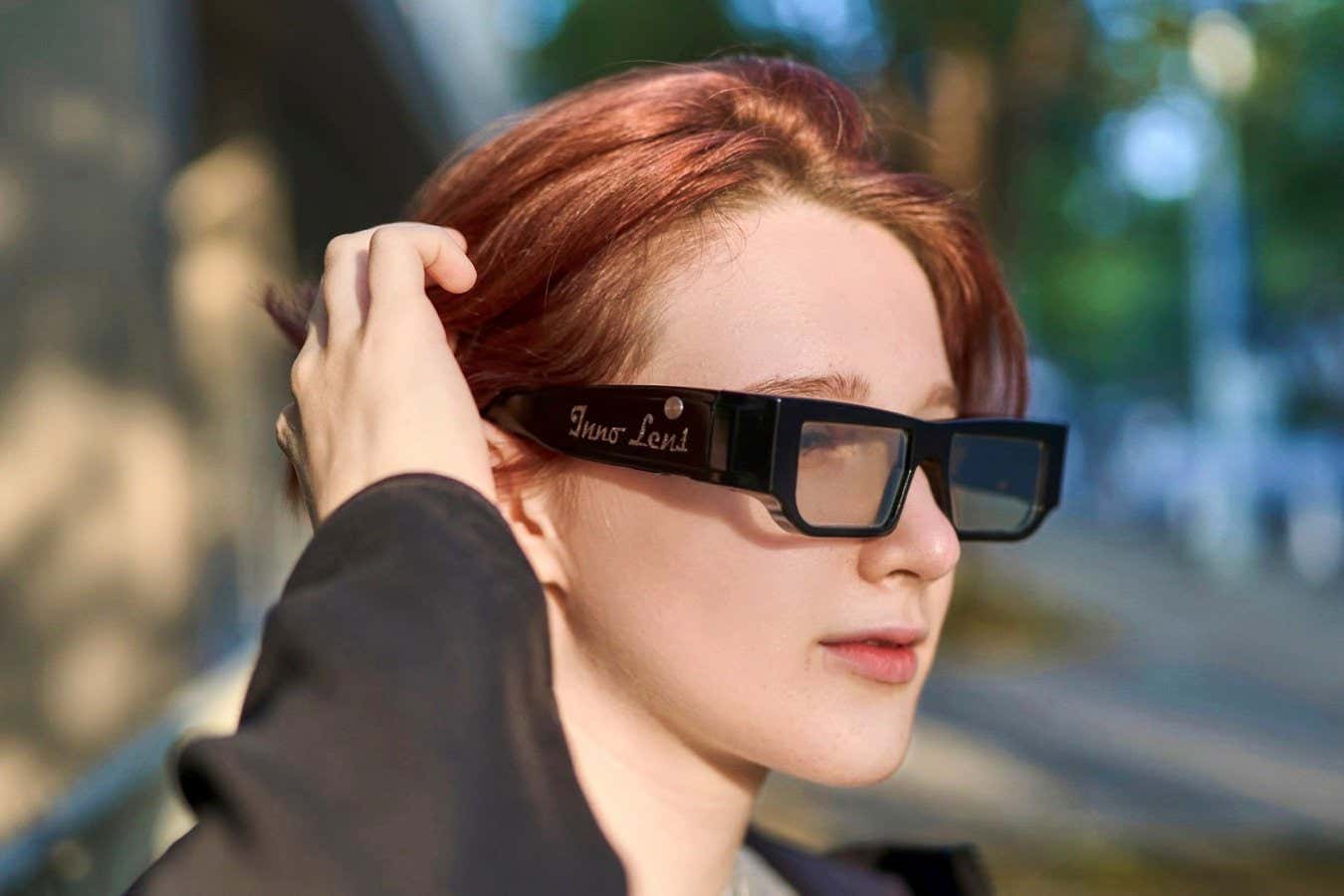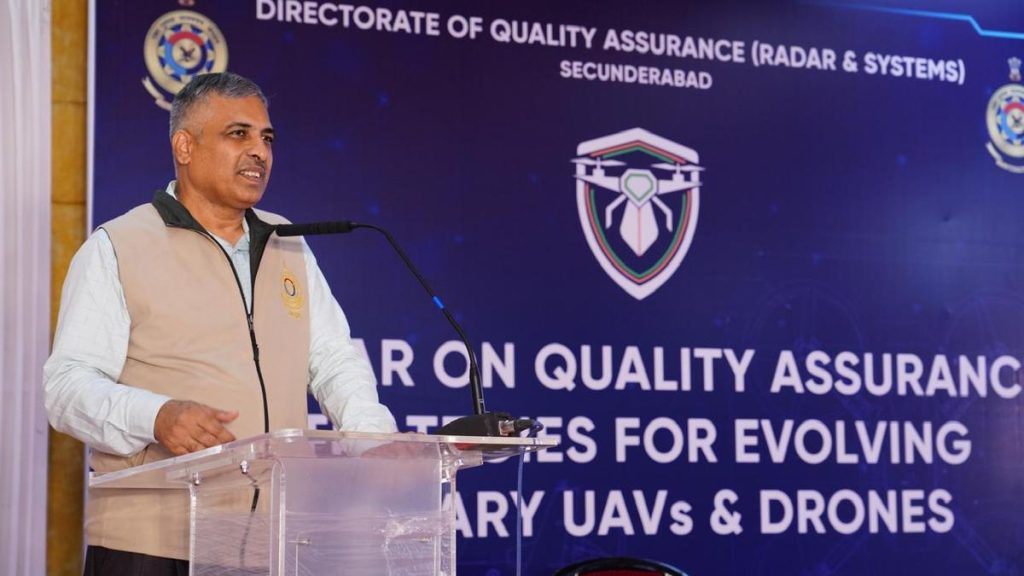Now Reading: Liquid Crystal Lenses Promise Smarter Bifocal Glasses
-
01
Liquid Crystal Lenses Promise Smarter Bifocal Glasses
Liquid Crystal Lenses Promise Smarter Bifocal Glasses

Fast Summary
- Researchers from Taiwan, led by Yi-Hsin Lin at National Yang ming Chiao Tung University, have developed a prototype of bifocal eyeglasses that utilize liquid crystals to switch between near- and far-sighted vision modes.
- Conventional bifocals require shifting gaze up or down due to static glass lenses designed for different distances. The new design incorporates an electric field-controlled layer of liquid crystals to dynamically adjust focus via the tap of a button.
- Current limitations include limited power range, slow switching time (~5 seconds), and reduced functional viewing region (10 mm compared to conventional glasses).
- Team member Victor Reshetnyak highlighted the enormous market potential given widespread demand for prescription glasses. The team plans further optimization, especially improving electronics for faster adjustments.
- Optometrist Viola Kanevsky pointed out specific target groups who could benefit most, such as technical professionals needing dynamic vision in their work environments (e.g., architects or stockbrokers).
- Experts flagged barriers like small operational areas and high production costs linked to the use of electronic components as obstacles toward broader accessibility.
Image credit: Lin et al./APS 2025 – Prototype image showing the liquid crystal-based bifocals.
indian Opinion Analysis
The growth of liquid crystal-based adjustable eyeglasses represents an innovative step forward in optical technology but remains nascent due to technological limitations such as cost constraints and reduced usability compared with traditional glasses. While India offers significant potential for adoption given its large population requiring corrective eyewear-estimated at tens of millions-the affordability challenge may limit reach initially. Future iterations focusing on inexpensive material design could foster domestic manufacturing opportunities aligned with India’s healthcare goals under programs like ‘Make in india.’
Moreover, industries demanding precise visual tools-such as architecture or engineering-could benefit substantially if this innovation matures into commercially viable solutions capable of improving productivity through better ergonomics and efficiency in workspaces adjusting vision dynamics seamlessly. Broader accessibility might hinge on achieving price reductions suitable for middle-income populations while maintaining clinical readiness standards.
























